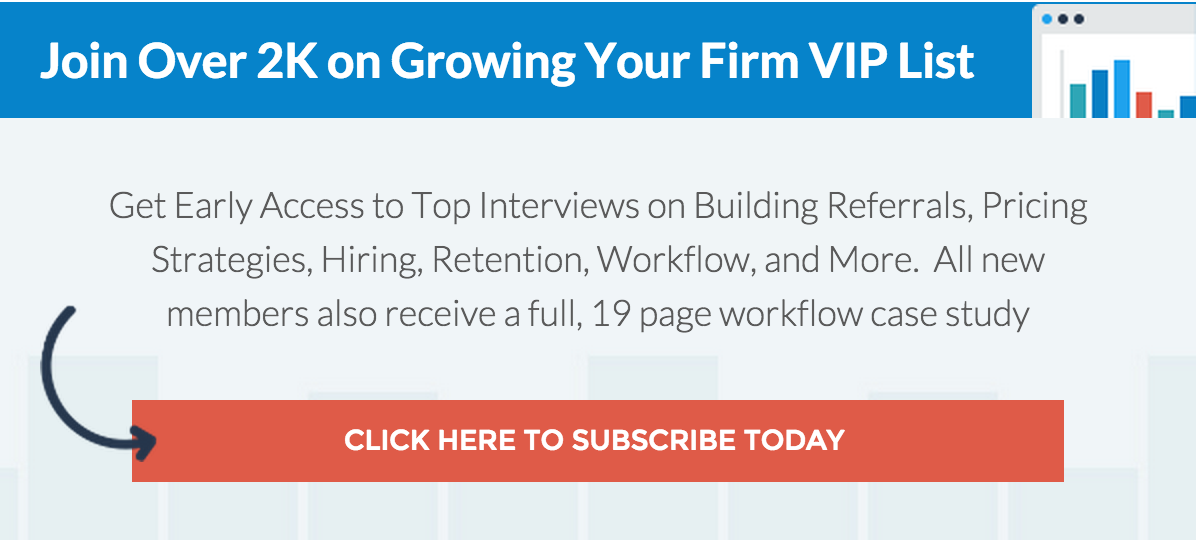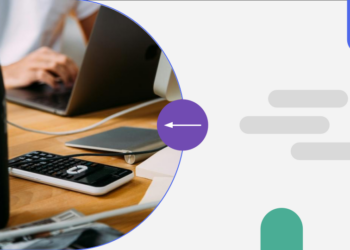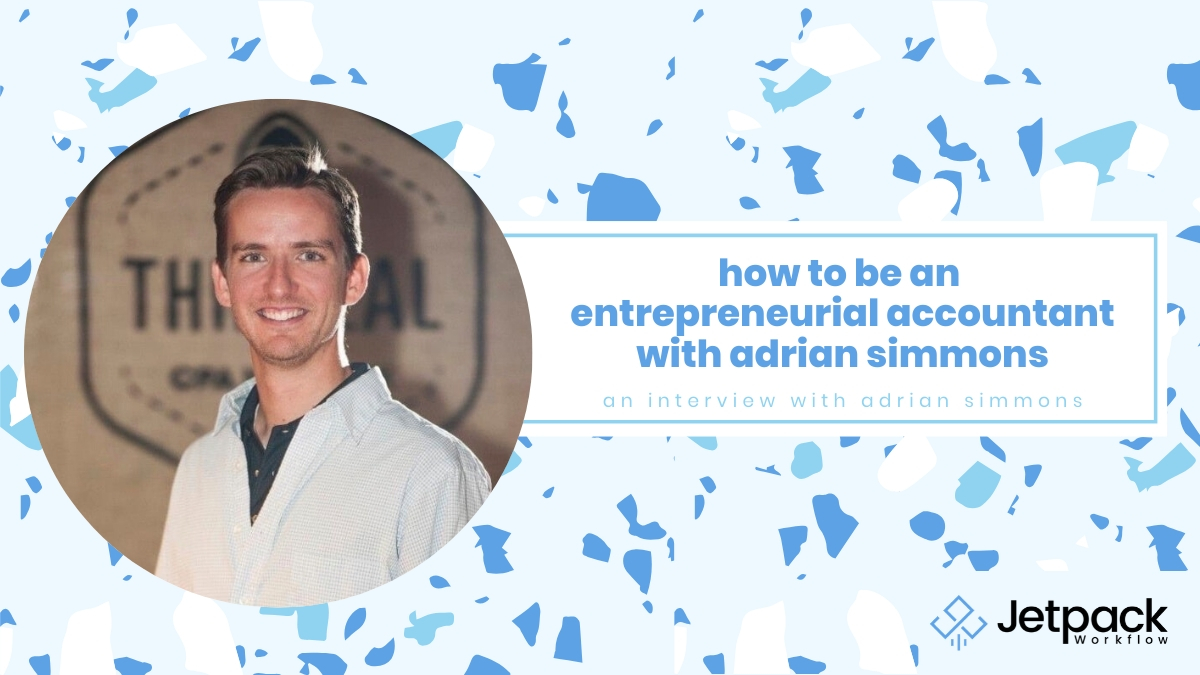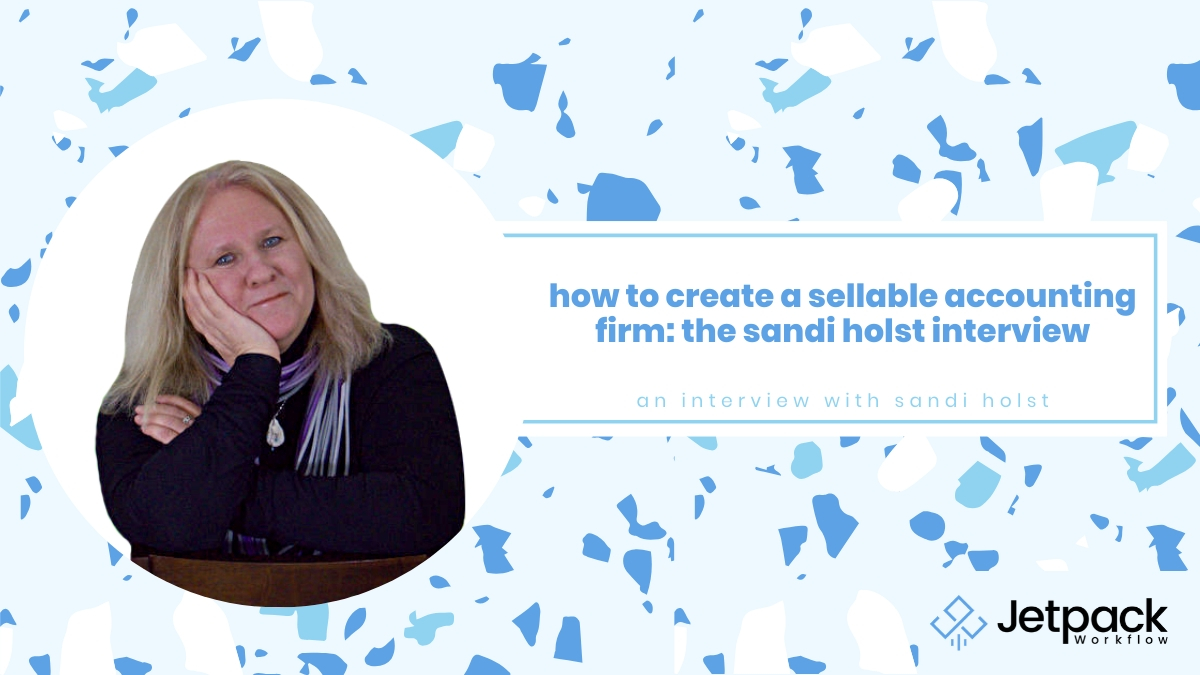Lesson Five: Where to Find Leads Part 1

Finding leads as an accountant can be challenging. So in this three-part series, we’re going to cover 3 different sources of finding leads… offline events, paid marketing, and partnerships.
In this post, we’re going to outline offline events and groups that can be a great resource for leads, although be sure to NOT go in thinking “me me me”, instead, always think of how to add value to the members, and referrals and leads will follow. Do not be in a rush, or seem desperate to get leads or referrals, and these groups could be a great resource for creating long lasting friends, colleagues, and partners.
Networking & Local Groups:
- Chamber of Commerce Groups: Joining a local chamber can be a great, inexpensive way to start networking with businesses in your area. Remember, each group, in each area or state, is different. I recommend at least test driving a local chamber group since the majority of local business owners will belong to it anyways.
- BNI: BNI has become the go-to “referral” networking event, as it is the largest group in the world. Each location reserves a limited number of seats, and they are careful not to bring in any competing businesses. This group is focused on referrals, but also has an educational piece as well.
- LeTip: Much like BNI (although slightly smaller), LeTip is focused on networking with the purpose of building referrals. As with any group, I recommend trying out as many as you can to find the best fit.
- Association Groups: Batched together as “association groups”, any local chapter within your industry or market would fall in here. Most notable would include the number of QB Pro Advisor chapters and groups throughout the country.
- Marketing Knowledge groups: In each major city, there is often a marketing group (in Pittsburgh, the main one is the “NO BS Marketing Meeting”. It’s a fantastic place to learn the nuts and bolts of marketing while building your network!
- Local Merchant Associations: Associations like “Young Professionals” is also a great way to network and meet fellow colleagues, professionals, and of course, business owners.
- The Indus Entrepreneurs (TiE): TiE is a global network focused on tech entrepreneurs, and if this is your target market, then it will surely be a great fit! You can even offer to be on a panel around managing finances as a startup, managing cash flow, key financial metrics, and more.
- Meetup Groups: Meetup.com has become the go-to online hub to find offline meet ups. They can range from pottery groups, to personal development, and of course… networking and referral. I highly recommended going to meetup.com to learn about some of the events your area.
- Optimists International: Optimists International is a great group of professional service-oriented professionals. Unlike the other groups, the optimists focus on entire communities and giving back…so this one is a “2-1″… feel good and network at the same time!
- Toastmasters: Toastmasters is an organization that has the goal to help individuals become better public speakers. Aside from having a great community and great forum to participate, it’s also a wonderful networking opportunity.
- Women in Business Networking: If this applies to you, then women in business networking is a great opportunity to connect with like-minded professionals and help each other grow your business.
- Rotary Groups: Rotary groups in your local area is another group to search and “test drive” to see if it is a good fit for your personality and practice.
- Creating a local mastermind group: This is the most “hands-on” approach to building a networking, by bringing together 4-6 individuals with the goal to meet and help grow each other’s businesses. Unlike other groups, this is meant to be small, highly selective, and requires a deep interest in working with this group so that everyone’s business or practice will grow.
- Vistage: Vistage is for executives who are looking to invest in ongoing professional development. Vistage selects speakers to come and present to the group. This is by far the most expensive group, but comes with a focus on professional development from top speakers.
Industry Conferences:
Industry conferences are a must for professional development, but we would actually rank them secondary in terms of getting leads. Typically at industry conferences, the goal is to educate yourself on the latest development, and network with peers.
However, it is listed here because it’s one of the most common, offline networking that is done. However, we do not recommend attending industry events as a “lead” generation or referral network. Sure, leads can come from here, but more likely partnerships (covered in part 3), and is typically not a primary source for getting offline leads.
Target Market Conferences and Associates:
This is a huge growth area for many firm owners, and that is to attend or try out conferences and associations for your target market. If you want to learn how to become an expert in the niche, and enjoy very little in person competition, then this is the way to go. I recommend doing an online search for both local and national events and associations.
*Bonus: Email lists for target market:
Finally, as a bonus, I highly recommend signing up for as many newsletters that target your market as possible. If you need to, create a separate email address just for this purpose. You can gather information about your market, as well as get notifications about upcoming events. I highly (highly, highly) recommend signing up for common email lists that your market subscribes too.
Excited for the next lesson? Sign up below to get notification as soon as the next one is published!
Enjoy the post? Feel Free to Share with a Colleague



















